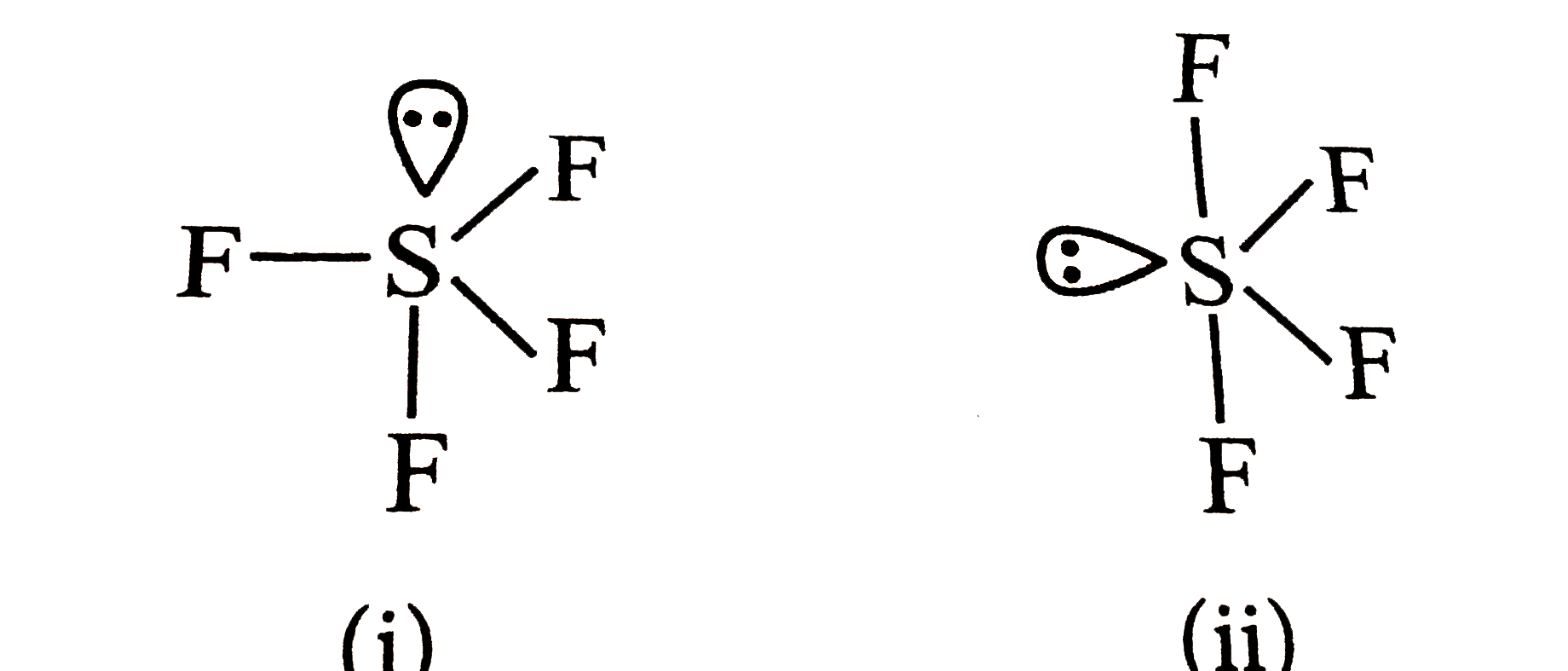Why is FeI3 not stable ?
To understand why FeI₃ (ferric iodide) is not stable, we can break down the explanation into several steps:
Step 1: Identify the Components
FeI₃ consists of iron (Fe) in the +3 oxidation state (Fe³⁺) and iodide ions (I⁻).
Step 2: Analyze the Size and Properties of Iodide Ion
Iodide ions (I⁻) are relatively large and have a high tendency to lose electrons. This characteristic makes them good reducing agents.
Step 3: Reducing Agent Behavior
As a reducing agent, the iodide ion (I⁻) can reduce Fe³⁺ to Fe²⁺. In this process, the iodide ion itself gets oxidized to iodine (I₂).
Step 4: Reaction Dynamics
The reaction can be summarized as follows:
- I⁻ + Fe³⁺ → Fe²⁺ + I₂
This indicates that iodide ions are reducing the ferric ions (Fe³⁺) to ferrous ions (Fe²⁺).
Step 5: Conclusion on Stability
Since I⁻ can reduce Fe³⁺ to Fe²⁺, FeI₃ will not remain stable and will convert to FeI₂. Therefore, FeI₃ is unstable due to the strong reducing nature of iodide ions.
Final Statement
In summary, FeI₃ is not stable because the iodide ions reduce Fe³⁺ to Fe²⁺ while being oxidized to I₂, leading to the conversion of FeI₃ to the more stable FeI₂.
---
FeI₃ consists of iron (Fe) in the +3 oxidation state (Fe³⁺) and iodide ions (I⁻).
Iodide ions (I⁻) are relatively large and have a high tendency to lose electrons. This characteristic makes them good reducing agents.
As a reducing agent, the iodide ion (I⁻) can reduce Fe³⁺ to Fe²⁺. In this process, the iodide ion itself gets oxidized to iodine (I₂).
The reaction can be summarized as follows:
- I⁻ + Fe³⁺ → Fe²⁺ + I₂
This indicates that iodide ions are reducing the ferric ions (Fe³⁺) to ferrous ions (Fe²⁺).
Since I⁻ can reduce Fe³⁺ to Fe²⁺, FeI₃ will not remain stable and will convert to FeI₂. Therefore, FeI₃ is unstable due to the strong reducing nature of iodide ions.
In summary, FeI₃ is not stable because the iodide ions reduce Fe³⁺ to Fe²⁺ while being oxidized to I₂, leading to the conversion of FeI₃ to the more stable FeI₂.
Topper's Solved these Questions
- ALCOHOLS, PHENOLS AND ETHERSBook:AAKASH INSTITUTE ENGLISHChapter: ALCOHOLS, PHENOLS AND ETHERSExercise:Try yourself
Explore 5 Videos
- ALCOHOLS, PHENOLS AND ETHERSBook:AAKASH INSTITUTE ENGLISHChapter: ALCOHOLS, PHENOLS AND ETHERSExercise:Exercise
Explore 40 Videos
- ALCOHOLS, PHENOLS AND ETHERS Book:AAKASH INSTITUTE ENGLISHChapter:ALCOHOLS, PHENOLS AND ETHERS Exercise:Try Yourself
Explore 5 Videos
Similar Questions
Why is Pt(IV) more stable than Ni(IV).
View SolutionWhy H2 is more stable than H+2 while He+2 is more stable than He2 ?
View SolutionWhich is the most stable conformation of 3,4-dimethylihexane?
View SolutionWhy is sodium ion stable ?
View SolutionExplain why Cu+ ion is not stable in aqueous solutions ?
View SolutionWhy is europium (II) more stable than cerium (II) ?
View SolutionWhich of the following shapes of SF4 is more stable and why?

View SolutionWhy Al3+ is the only stable oxidation state of Al in its compounds while Tl has +1 and +3 oxidation states?
View SolutionWhy is +2 oxidation state of manganese quite stable while the same is not true for iron?[Mn=25,Fe=26].
View SolutionIron forms iron halides salts by reacting the metal directly with halogen. FeI3 does not exist. FeF3 is white soled inspite of five unpaired electrons with d5 configuration . FeCl3 is soluble in water and is used as a mordant in dyeing industry.
Q.FeI3 does not exist because:
View Solution